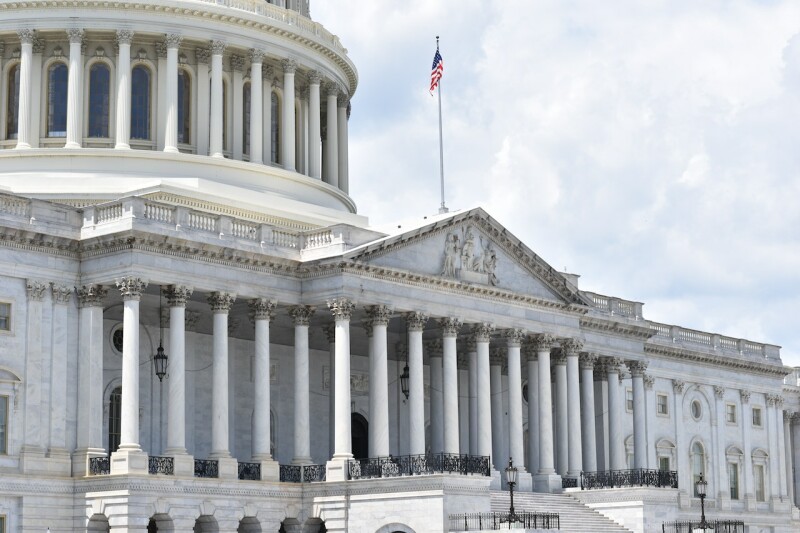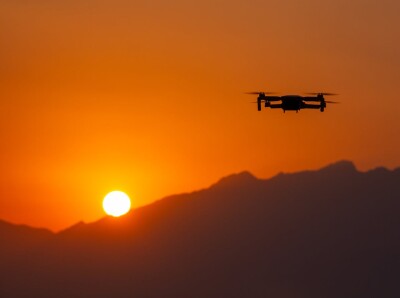In testimony today before the US House of Representatives Committee on Science, Space, and Technology, Lisa Ellman, Executive Director of the Commercial Drone Alliance (CDA), explained how federal investment in UAS research and development could help the country maintain its leadership position in the field of advanced aviation.
During the hearing, titled “Advance Air Mobility: The Future of Unmanned Aircraft Systems and Beyond,” Ellman discussed the current state and future promise of UAS and advanced air mobility systems and reported on the ways uncrewed technology offers advantages to society as a whole.
Specifically, Ellman discussed the many benefits offered by commercial drone operations, including increasing access to medical supplies, improving worker safety in inspection operations, facilitating package deliveries, and aiding in public safety, law enforcement, and firefighting missions.
In the US and beyond, the many benefits of uncrewed systems have been widely reported. For example, uncrewed systems offer faster and more frequent delivery of medical supplies, especially to remote areas, and this work proved essential to many communities during the COVID-19 pandemic. Moreover, recent reports have asserted that drones can deliver commercial packages in ways that are faster, cheaper, and more environmentally friendly that conventional methods. Looking at other industries, commercial drones have consistently demonstrated that they can improve efficiency, accuracy, safety, and cost-effectiveness in fields such as mining, agriculture, surveying, public safety, construction, energy, and infrastructure.
To fully realize these benefits, Ellman said that the US needs to make changes in rules and regulations and reduce regulatory burdens. These roadblocks, she said, have stood in the way of scalable UAS operations and made it harder to incorporate uncrewed systems into the national airspace system (NAS).
Ellman’s appearance before the committee builds on her organization’s work to engage with federal leaders to promote advanced aviation in the US.
Last August, for example, the CDA took part in the Biden administration’s Summit on Advanced Air Mobility. Speaking with Commercial UAV News following that event, Ellman called on the president “to issue an Executive Order or Presidential Memorandum directing implementation of a whole-of-government approach to develop national policies and priorities to support advanced aviation development.” She explained that such an action executive “should focus on promoting US global leadership, growing the economy, enhancing safety, promoting sustainable transportation solutions, achieving equity through innovation, and enhancing national security.”
Moreover, the organization has long warned of the dangers of the US falling behind other countries that are committed to supporting UAS technology—and why regulatory changes are needed. Speaking before Senate Subcommittee on Aviation Safety, Operations, and Innovation last September, Ellman said, “many countries around the world are progressing ahead of the United States in achieving scalable UAS operations and bringing the economic and societal benefits to their citizens and communities. As a result, the United States is at significant risk of losing its global leadership in this new era of aviation.”
Focusing on regulation, she stated, “regulatory uncertainty in the U.S. has forced many American UAS companies to shut down. If companies can iterate new models of aircraft and operations and scale their businesses in other countries, the US will continue to experience a loss of UAS investment, innovation, and competition. Once a company is operating abroad, it is unlikely to shift its investments back to the US without regulatory certainty, and the American UAS industry falls behind.”
For these reasons, the FAA’s Beyond Visual Line of Sight (BVLOS) Aviation Rulemaking Committee (ARC), of which Ellman was a member, recommended a "whole-of-government-approach" to writing regulations and advancing the UAS industry. Such an approach would have an large impact on the commercial UAV sector in the US, as well as the larger AAM ecosystem that will eventually define the airspace.
Addressing the regulatory burdens while simultaneously increasing investments into advancements in uncrewed technologies will enable to US to maintain and possibly expand its leadership position in the industry. As Ellman said in her testimony today, “Congress has the opportunity to close this gap, ensuring US. leadership and competitiveness in the next era of advanced aviation, and bring the benefits of commercial drones and AAM to the American public. This requires enabling US companies to perform research and development here at home.”















Comments